The knob features a circular and slightly domed structure, adorned with several concentric bands of rhythmic geometric motifs that frame a large central monogram, richly ornamented with vegetal filigrees. This combination of meticulous goldsmithing and aesthetic balance results in a dazzling piece. The damascening preserves almost all of its original decoration, with only slight and small losses in some areas of the silver inlay that do not affect the whole nor alter its striking presence.
The cane’s shaft is made of solid wood, with a glossy black lacquer that, over time, has lost part of its coating, especially in the upper area. This wear, far from diminishing its value, adds authenticity and speaks of the use and age of the piece. Much of the original finish is still preserved, bearing witness to its century-long history.
This cane is much more than a simple support: it is a symbol of distinction, a testimony to refinement and attention to detail. Its knob, with the richness of its damascened decoration, offers a touch of nobility and sophistication, making the object a decorative piece with great visual impact. It would look spectacular displayed in an office, an antique showcase, or as part of a private cane or metal craft collection.
A difficult piece to find in this state of preservation and with this level of detail. Ideal for lovers of damascening as well as collectors of historical canes.
Don’t miss the opportunity to acquire such a unique and elegant piece.
Measurements: 83 cm (32.67 in).
History of Damascened Canes
The use of the cane as a symbol of social status and personal distinction has a history that goes back to Antiquity, but it was during the 18th and 19th centuries that it reached its peak in Europe. During this period, canes became essential accessories for wealthy gentlemen, many of whom commissioned unique pieces made with precious materials or specialized decorations. Damascening, a millenary decorative technique consisting of inlaying gold and silver threads or sheets on iron or steel, had a notable revival in 19th-century Spain, especially in Toledo. This technique was widely used to embellish weapons, religious objects, jewelry, and, as in this case, cane knobs.
Spanish damascening is characterized by its meticulous inlay work and the richness of its motifs, which often include geometric, floral, or heraldic patterns. This art, of oriental origin, was introduced to the Iberian Peninsula by the Arabs and later adapted by Christian artisans, becoming one of the hallmarks of Spanish decorative art. The city of Toledo became one of the major centers of production, with its pieces exported throughout Europe and America. During the Belle Époque, damascened canes gained special popularity among aristocrats and bourgeoisie as objects of distinction.
Currently, antique canes with damascened knobs are highly valued by collectors and museums, as they not only represent a utilitarian object but also a manifestation of applied art. Owning one of these canes is to acquire a part of Hispanic cultural heritage, in addition to a decorative piece of great artistic and emotional value.



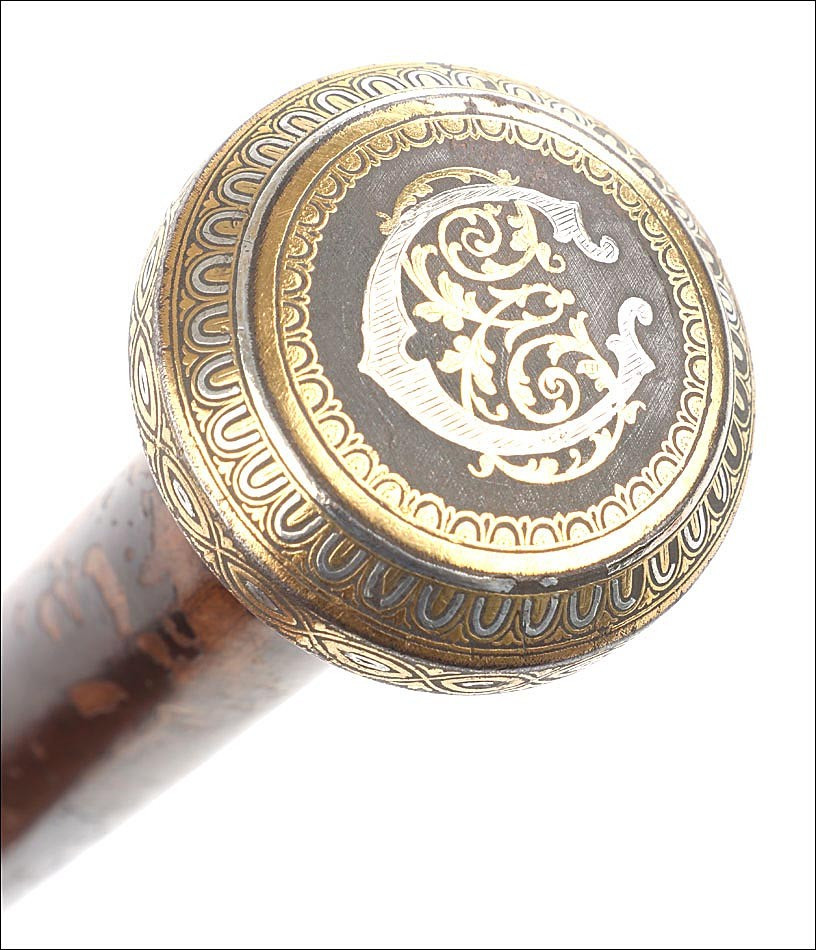






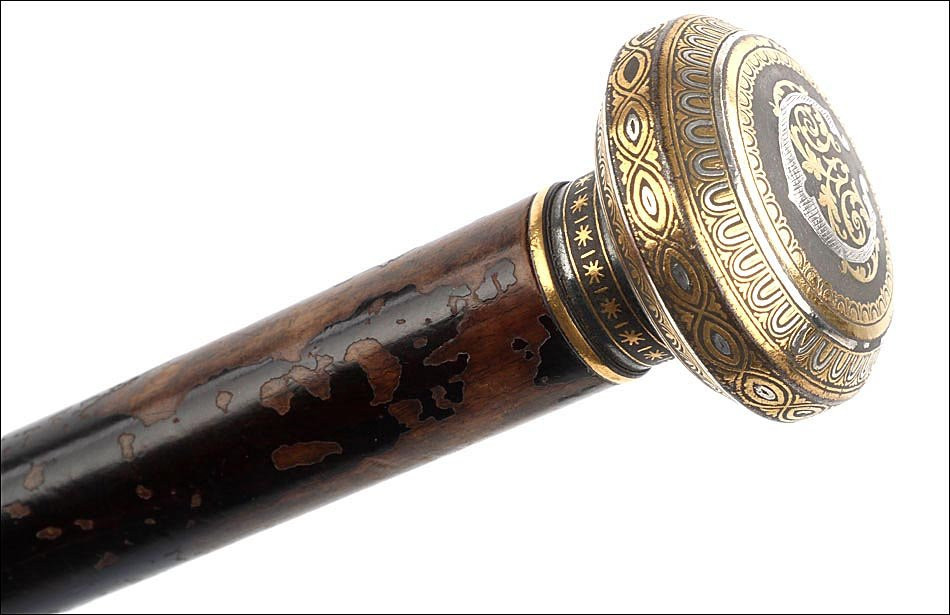



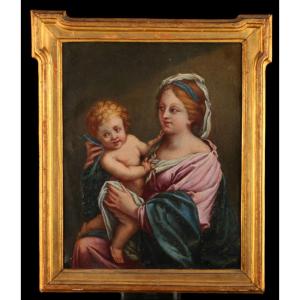
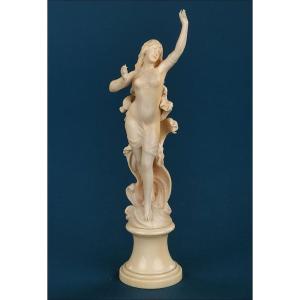

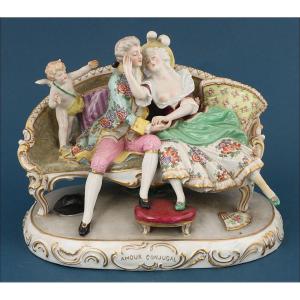
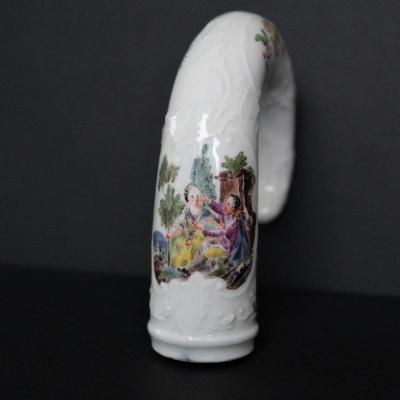








 Le Magazine de PROANTIC
Le Magazine de PROANTIC TRÉSORS Magazine
TRÉSORS Magazine Rivista Artiquariato
Rivista Artiquariato
